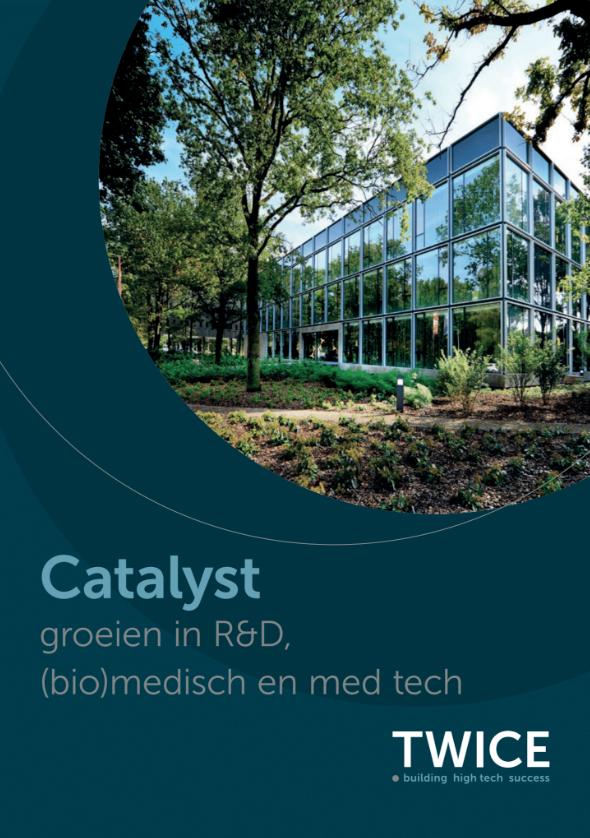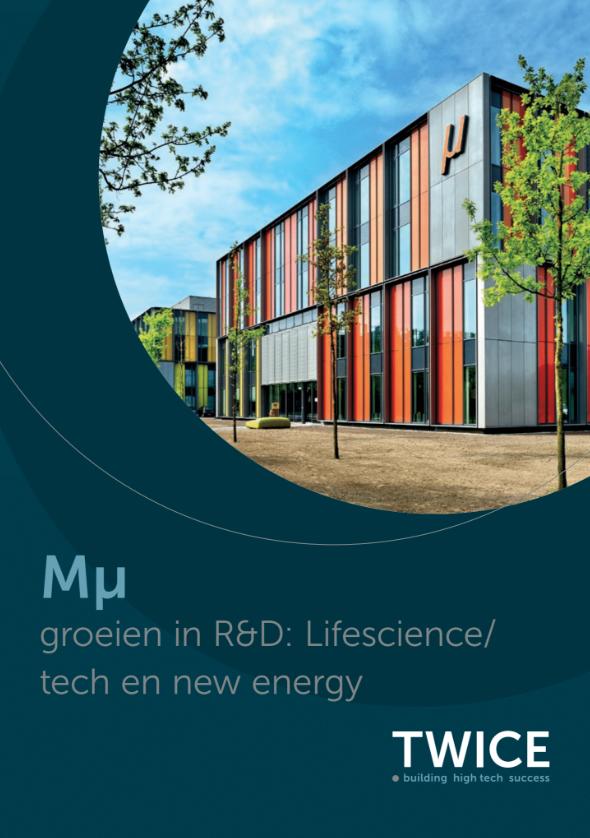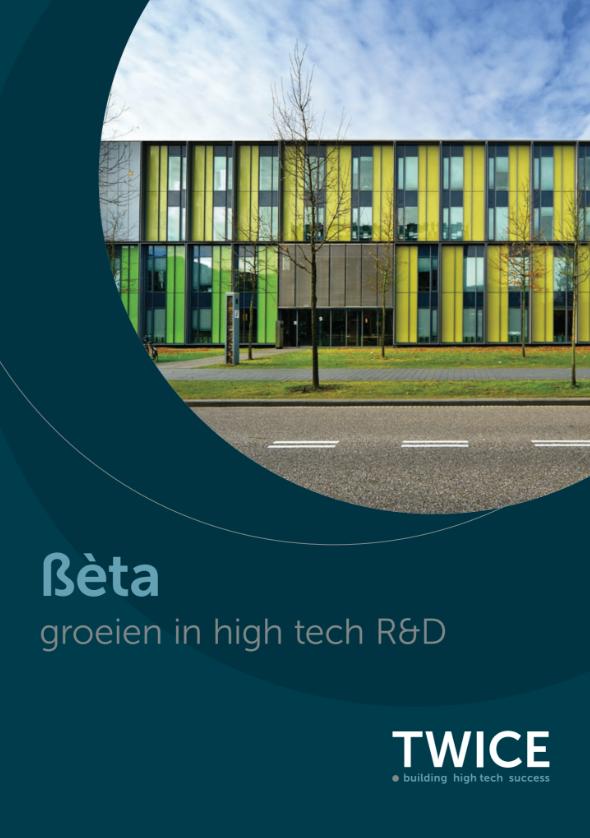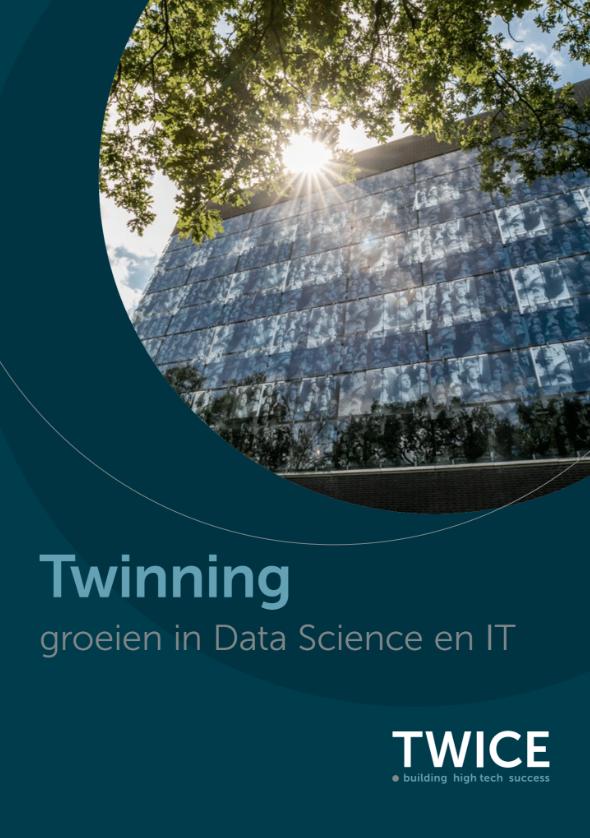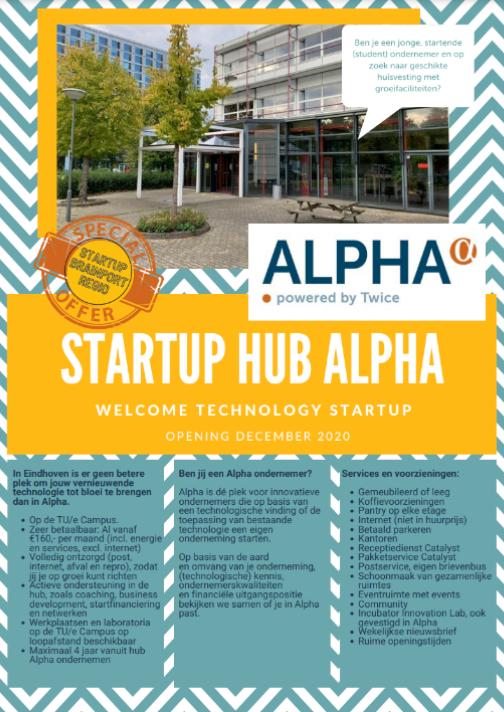Is het magie? Of technologie? Tijdens de EHV Innovation Cafe afgelopen week, voerde een van de oprichters van MantiSpectra, Dr. Maurangelo Petruzzella, een Magic show op – of beter gezegd – een Science Show. Aan de hand van verschillende soorten koffiebonen demonstreerde hij real-time een van de toepassingen van de kleine NIR (Near Infrared) spectrale sensor, ChipSense. En de aankomende SpectraPod, de magische doos die alles bevat wat we nodig hebben om materialen om ons heen te meten. Zoals type, oorsprong en roast van koffiebonen.
Het mechanisme achter een goocheltruc wordt vaak jarenlang geheimgehouden. De Derde Wet van Clarke zegt: elke voldoende geavanceerde technologie is niet te onderscheiden van magie. Spectroscopie is geen magie, het bestaat al meer dan zestig jaar.
De truc zeer bekend, en het aantal toepassingen neemt exponentieel toe. Deze technologie vormt de basis van MantiSpectra, de TU/e spin-off van TU/e-onderzoekers Maurangelo Petruzzella, Francesco Pagliano en Andrea Fiore. De startup ontwikkelt innovatieve spectrale detectieapparatuur om onzichtbare lichtsignalen te meten en decoderen.
Onzichtbaar licht
Het menselijk oog detecteert zichtbaar licht, dat ons in staat stelt de kleur en grootte van voorwerpen te zien. Maar er is ook onzichtbaar licht, zoals infrarode straling, dat onze ogen niet kunnen zien en dat wordt uitgezonden door voedsel, geneesmiddelen en andere materialen. Dit onzichtbare licht kan verborgen informatie bevatten over de chemische samenstelling. In tal van industrieën, zoals de agro-voedingssector, zou het dan ook van onschatbare waarde zijn om dit licht te kunnen detecteren.
Bidsprinkhaankreeft
De replicatie van het ‘superzicht’ van de bidsprinkhaankreeft vormt de basis van de technologieën van MantiSpectra. “De sensoren maken gebruik van een vergelijkbaar principe van het meten van verschillende delen van het spectrum met behulp van verschillende receptoren,” aldus Petruzzella.
“Het zichtbare spectrum levert enige informatie op, maar meten op nabij-infrarode golflengten geeft veel meer informatie voor veel belangrijke problemen, en dit kan worden gebruikt om organische en anorganische stoffen in de agro-voedselsector en de gezondheidszorg beter te definiëren”, voegt Fiore eraan toe.
NIR (Near Infrared)
MantiSpectra’s benadering van het oog van de bidsprinkhaankreeft is een chip van ongeveer 1 millimeter bij 1 millimeter met zestien elektronische fotoreceptoren of pixels, die elk gevoelig zijn voor een ander golflengtebereik in het nabij-infrarood. Ondanks zijn geringe afmetingen openen de sensoren van de chip een wereld van mogelijkheden, vooral wanneer het gaat om de controle van de versheid van fruit en groenten vóór de oogst.
Science Show
De liveshow werd opgevoerd in Eindhoven (NL) maar je kunt hem hier nog eens rustig bekijken, onder het genot van een lekker kopje koffie!

